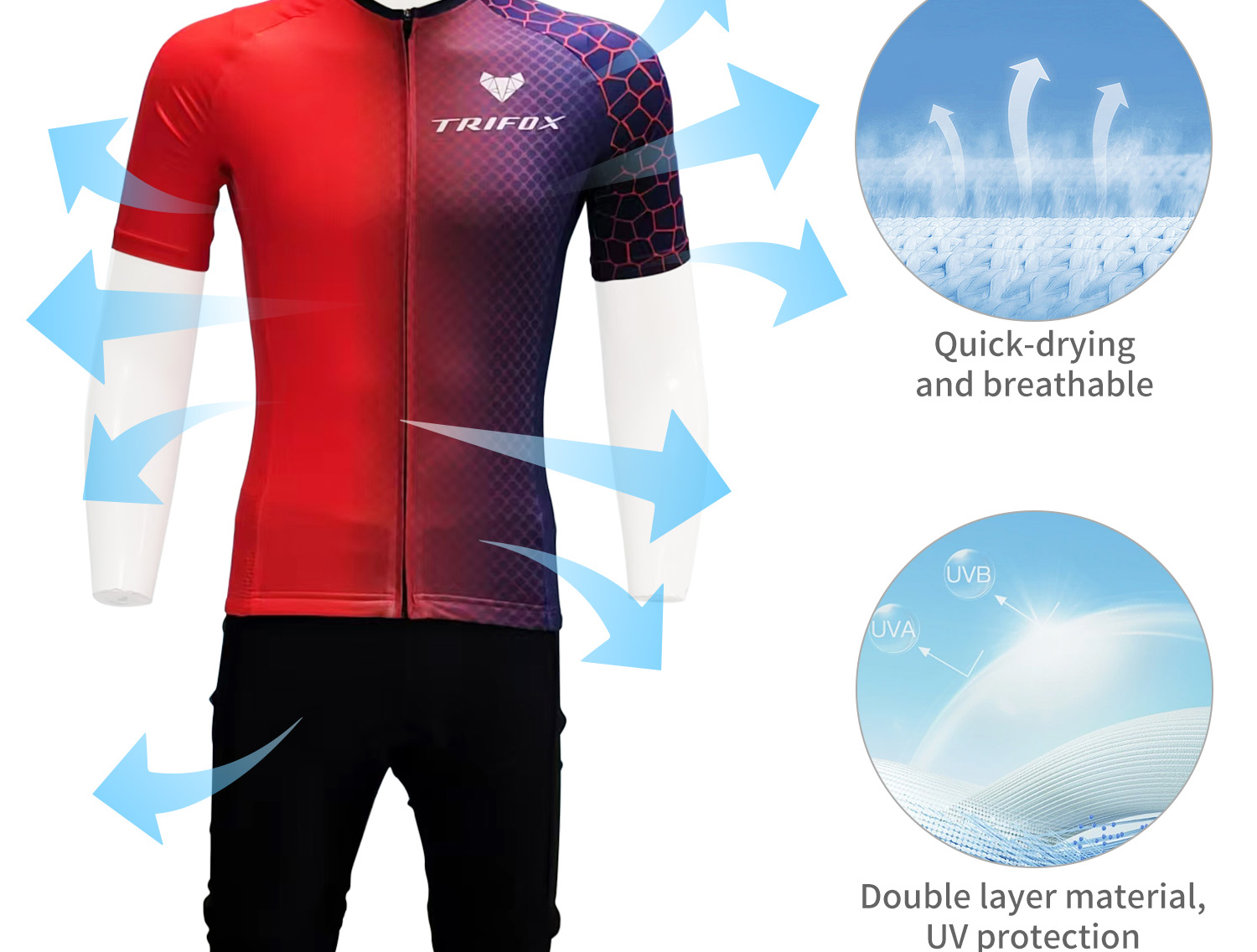
Wearing the right cycling clothing can make a huge difference in both comfort and performance. Whether you’re riding for fitness, commuting, or racing, proper gear enhances aerodynamics, temperature regulation, and overall ride quality. 1. Essential Cycling Apparel Jersey: A breathable, moisture-wicking jersey keeps you cool and dry. Look for a snug fit to reduce wind resistance. Bib Shorts: Padded bib shorts provide comfort by reducing saddle pressure and preventing chafing. Choose high-quality chamois for longer rides. Base Layer: Helps regulate body temperature by wicking sweat away from your skin. Ideal for layering in cold weather. Gloves & Socks: Cycling gloves improve grip and absorb shock, while moisture-wicking socks keep your feet dry. 2. Weather-Specific Gear Summer: Lightweight, ventilated fabrics with UV protection. Winter: Thermal jackets, arm warmers, and windproof gloves for insulation. Rainy Days: Waterproof jackets and shoe covers to stay dry. Upgrade your cycling apparel for a better ride!
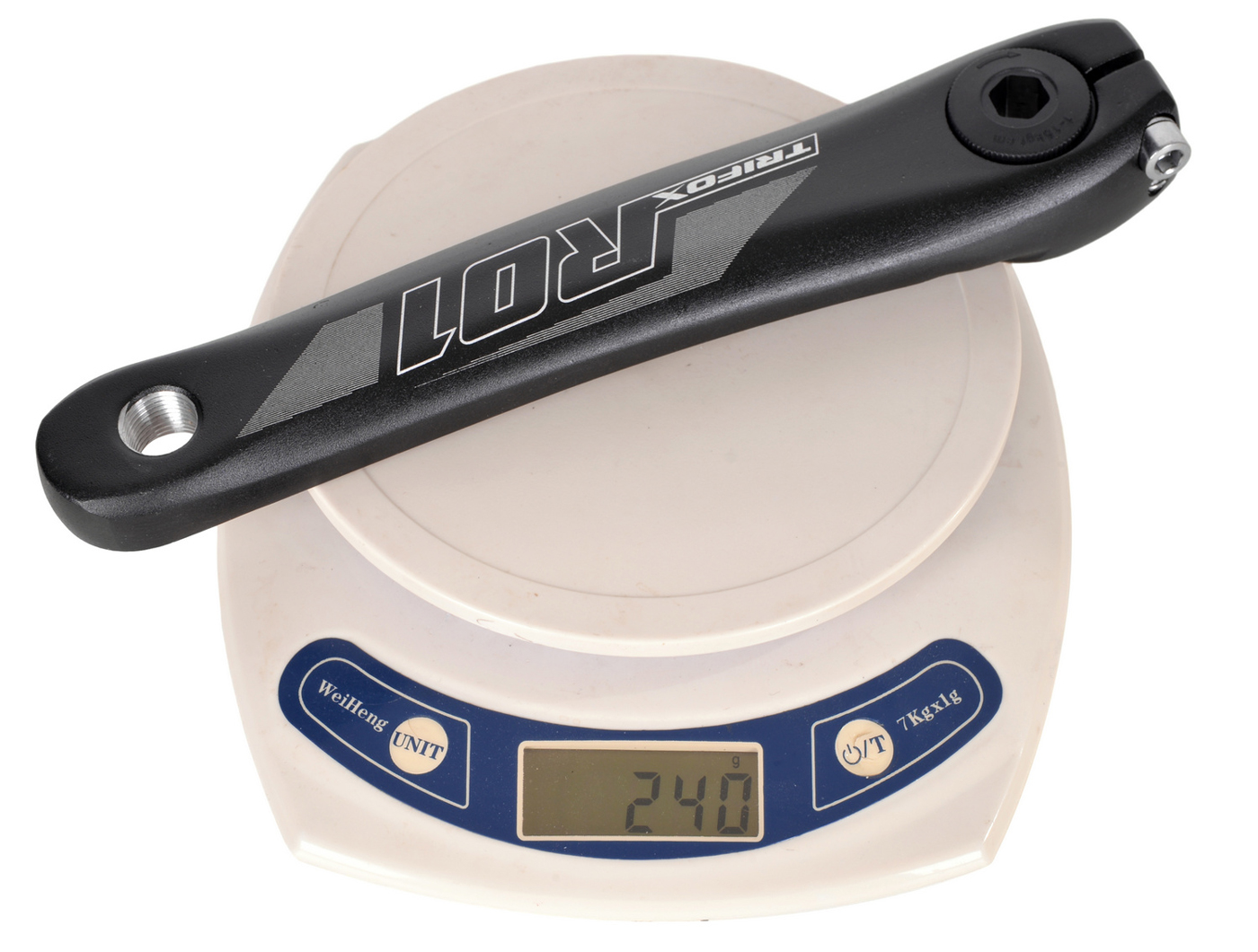
Crank length is a critical but often overlooked factor in cycling performance. The cranks are the arms that connect the pedals to the bottom bracket, and their length affects power output, comfort, and overall efficiency. Choosing the right crank length can make a big difference in your riding experience. 1. How Crank Length Affects Cycling Efficiency ✔ Power Output & Cadence – Shorter cranks allow for a higher cadence (more pedal revolutions per minute), which can reduce strain on the knees and improve endurance. Longer cranks may provide more leverage, but they require greater force to turn, which can lead to fatigue. ✔ Aerodynamics & Positioning – Shorter cranks enable a more aerodynamic position by reducing knee height at the top of the pedal stroke, making them ideal for time trials and triathlons. ✔ Comfort & Injury Prevention – Riders with knee or hip pain often benefit from shorter cranks as they reduce joint strain and improve pedaling efficiency. 2. How to Choose the Right Crank Length - Standard Crank Lengths: Typically range from 165mm to 175mm, with 170mm being the most common. - Rider Height & Leg Length: Shorter riders often benefit from 165mm cranks, while taller riders may prefer 175mm cranks. - Riding Style: Sprinters and climbers might prefer longer cranks for power, while endurance riders may opt for shorter cranks for better cadence. 3. Experiment & Optimize There is no "one-size-fits-all" crank length. If you're looking to upgrade your crankset, check out high-performance bike components at Trifox Bike and optimize your efficiency today! 文字
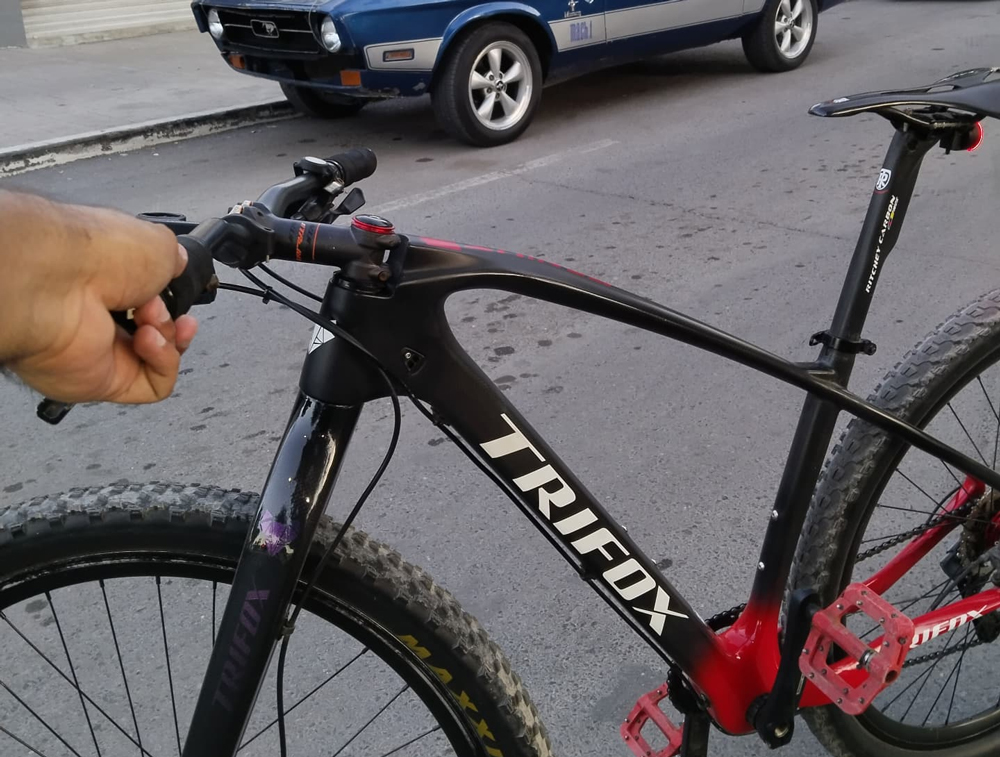
Tire pressure is one of the most critical factors in cycling performance, affecting speed, comfort, grip, and durability. Whether you ride a road bike, mountain bike, or gravel bike, getting the right tire pressure can make a huge difference. 1. How Tire Pressure Affects Performance ✔ Speed & Rolling Resistance – Higher pressure reduces rolling resistance, making road bikes faster on smooth surfaces. Lower pressure improves grip but may slow you down. ✔ Grip & Traction – Lower pressure increases surface contact, providing better traction, especially on rough or wet terrain. ✔ Comfort & Shock Absorption – Softer tires absorb vibrations, reducing fatigue on long rides. 2. Finding the Right Tire Pressure Road Bikes: 80-120 PSI for speed and efficiency. Mountain Bikes: 20-35 PSI for better grip on trails. Gravel Bikes: 30-50 PSI for a balance of speed and comfort. -Factors like rider weight, terrain, and weather conditions should also influence your pressure settings. 3. The Importance of Regular Checks Tires naturally lose air over time, so checking pressure before each ride is essential. A high-quality floor pump with a pressure gauge ensures accuracy. Choosing the right tire pressure enhances performance and safety. Looking for top-quality bike wheels?
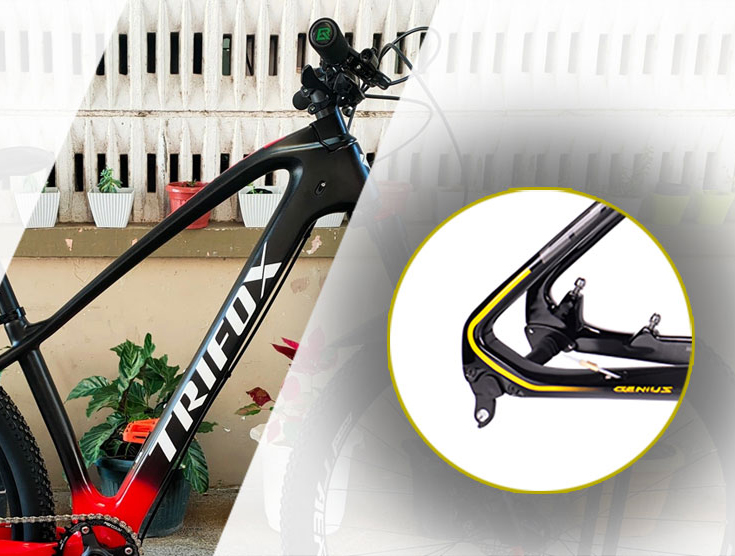
Choosing the right rear derailleur is essential for smooth and precise shifting. With so many brands available, how do you decide which one is best for your bike? Let’s break down some top options, including Trifox Bike, a brand worth considering. 1. Shimano – Reliable and Versatile A household name in cycling, Shimano offers a wide range of derailleurs for different riding styles: ✔ Tourney & Altus – Budget-friendly options for casual riders. ✔ Deore & SLX – Perfect for MTB enthusiasts. ✔ Ultegra & Dura-Ace – High-performance road cycling choices. 2. SRAM – Performance and Innovation SRAM is known for lightweight, high-tech, and wireless shifting systems: ✔ NX & GX – Excellent for mountain bikers. ✔ Force & Red eTap AXS – Premium electronic shifting for road bikes. 3. Trifox Bike – A High-Value Alternative If you're looking for a quality derailleur without breaking the bank, check out Trifox Bike. Trifox offers durable and lightweight components designed for both road and mountain bikes. Plus, they provide affordable derailleur hangers and mech dropouts for easy upgrades and replacements. Final Thoughts Your choice depends on budget, riding style, and performance needs. Looking for a reliable and cost-effective option? Explore Trifox Bike’s rear derailleur hangers and components at Trifox Bike and upgrade your ride today!
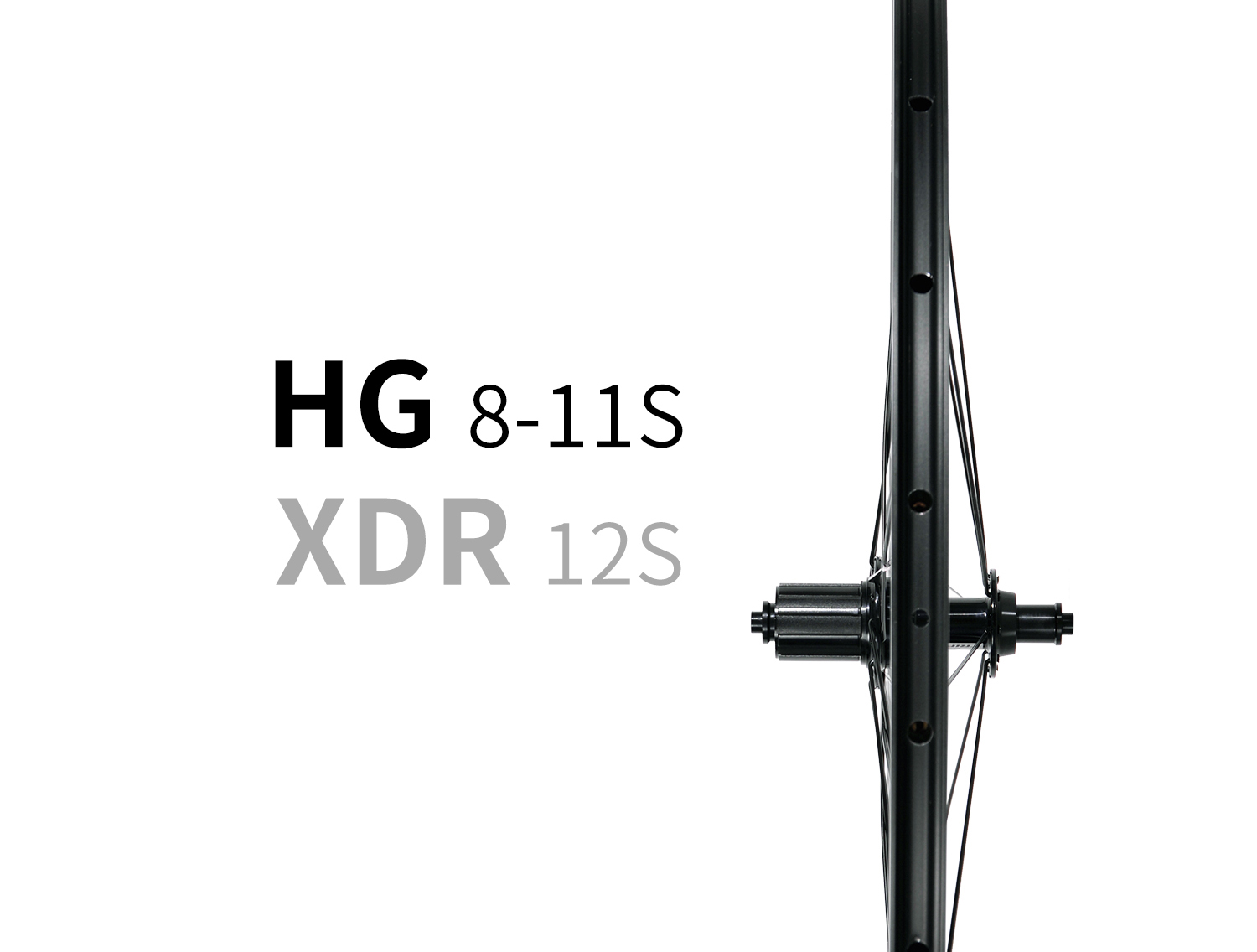
When it comes to road cycling, selecting the right tires can significantly impact your speed, grip, and overall performance. Whether you're racing, training, or commuting, the right combination of tire width, tread, and pressure can make all the difference. Here’s how to choose the best road bike tires for optimal speed and grip. 1. Tire Width: Narrow vs. Wide Narrow tires (23mm-25mm): Traditionally used for racing due to their low rolling resistance and aerodynamic advantage. Ideal for smooth roads and high-speed riding. Wider tires (28mm-32mm+): Gaining popularity for their better grip, comfort, and ability to absorb road vibrations. Wider tires provide more contact with the ground, improving traction and cornering stability. - For a balance of speed and grip, 25mm-28mm tires are a great all-around choice. 2. Tread and Rubber Compound Slick tires offer the lowest rolling resistance, making them perfect for smooth asphalt and racing conditions. Lightly treaded or all-weather tires provide extra grip on wet or uneven roads, offering better control in various conditions. Higher-quality rubber compounds improve traction without compromising speed. Look for dual-compound tires that combine a harder center for low rolling resistance and softer edges for better cornering grip. 3. Tire Pressure: Finding the Sweet Spot High pressure (90-120 PSI) decreases rolling resistance but can make the ride harsher and reduce grip. Lower pressure (60-90 PSI) enhances comfort, grip, and traction, especially in wet conditions. - The ideal pressure depends on your weight, tire width, and road conditions. Choosing the right road bike tires means balancing speed, grip, and durability. If you're looking for high-performance road wheels, check out the latest options at Trifox Bike and take your cycling to the next level!

When it comes to mountain biking, your tires can make or break your ride. That’s why many off-road enthusiasts are making the switch to MTB tubeless tires. These tires offer superior performance, better traction, and fewer flats compared to traditional tube setups, making them the ultimate choice for tackling rough terrains. Why Choose Tubeless Tires for MTB? 1. Flat Prevention – One of the biggest advantages of tubeless tires is their ability to resist punctures. Without an inner tube, there’s no risk of pinch flats, which occur when the tube gets pinched between the tire and the rim. Instead, tubeless tires use sealant that automatically fills small punctures, keeping you riding without interruptions. 2. Lower Tire Pressure for Better Grip – Tubeless setups allow you to run lower air pressure without the risk of pinch flats. Lower pressure means more tire contact with the ground, resulting in better traction and improved control on technical trails. 3. Lighter Weight – By eliminating the inner tube, tubeless tires reduce rotational weight. This leads to better acceleration and efficiency, helping you ride faster with less effort. How to Set Up Tubeless Tires Setting up tubeless tires requires a tubeless-ready rim, tubeless-compatible tires, sealant, and a tubeless valve. Here’s a quick guide: - Prep the Rim: Ensure your rim is clean and apply tubeless tape to create an airtight seal. - Install the Valve: Insert a tubeless valve into the rim’s valve hole and tighten it securely. - Mount the Tire: Carefully fit the tubeless tire onto the rim, ensuring both sides are seated properly. - Add Sealant & Inflate: Pour sealant inside the tire, then use a high-pressure pump or compressor to seat the tire onto the rim. Once set up, you'll enjoy a smoother, faster, and more durable ride on even the most challenging trails. Explore MTB tubeless tires now at Trifox Bike and upgrade your off-road performance today!
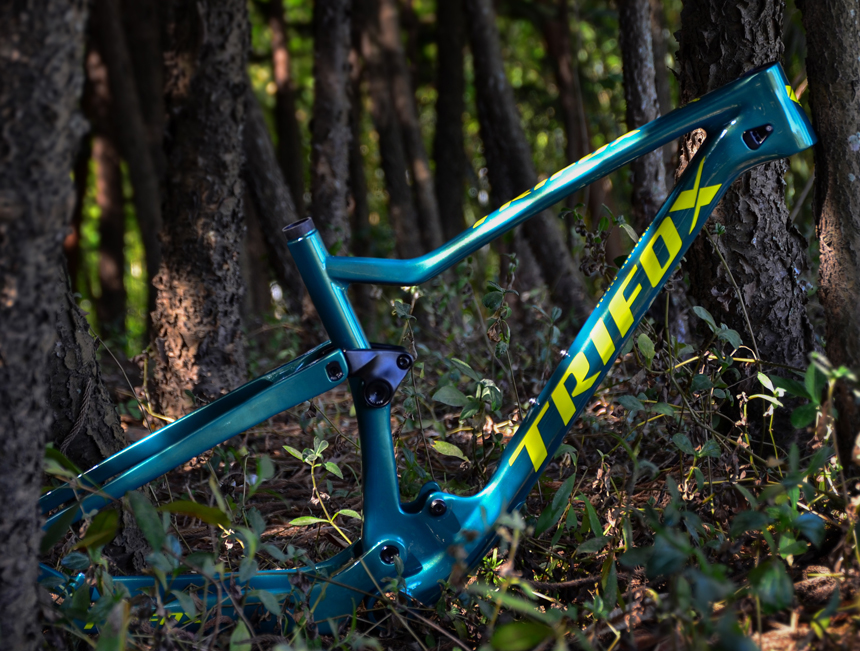
When it comes to high-performance cycling, the material of your bike frame plays a pivotal role in your overall experience. Carbon fiber has become the go-to choice for serious cyclists due to its light weight, incredible strength, and superior ability to absorb road vibrations. Trifox Carbon Fiber Frames: A Commitment to Performance Trifox has quickly earned a reputation for producing some of the most advanced carbon fiber frames on the market. Specializing in road, mountain, and gravel bikes, the brand uses only high-quality carbon materials, ensuring lightweight yet incredibly strong frames. Whether you’re a competitive racer or a recreational rider, Trifox frames are designed to meet the needs of all cyclists, delivering a perfect balance of speed, comfort, and durability. The frames are engineered using advanced carbon technology that helps reduce weight without compromising structural integrity. This results in bikes that are easy to handle, incredibly stiff for efficient power transfer, and smooth over various terrains. Riders will notice how responsive Trifox frames are, with precise steering and a comfortable ride, even on the longest or roughest journeys. Why Choose Trifox? Trifox's carbon fiber frames offer numerous benefits that set them apart from others in the industry: 1. Lightweight Design: With their use of premium carbon materials, Trifox bikes are significantly lighter than their aluminum counterparts, making climbs easier and handling sharper. 2. Enhanced Comfort: The vibration-damping properties of carbon fiber allow for a smoother ride, even on long distances or bumpy roads, reducing fatigue and increasing endurance. 3. Durability: Trifox frames are built to last, offering high strength while maintaining their lightweight properties. Carbon is also resistant to rust, ensuring your frame stays in top condition for years to come. 4. Aerodynamics & Performance: Trifox frames are designed with aerodynamics in mind, ensuring that you get the maximum performance from your bike, whether on the road or trail. Innovative Designs Trifox continues to innovate, developing new frame designs that push the boundaries of what carbon fiber can achieve. Their commitment to perfection is evident in every frame they produce, offering cyclists a blend of performance and aesthetic appeal. Conclusion For cyclists looking for superior performance, durability, and comfort, Trifox carbon fiber bicycle frames are the ideal choice. Whether you’re racing, riding for fitness, or exploring the outdoors, Trifox provides frames that can handle it all. With cutting-edge designs and materials, Trifox is at the forefront of carbon fiber technology.

When it comes to cycling, the handlebar is your primary point of contact with the bike. It influences your control, comfort, and overall riding experience. Choosing the right handlebar and grip is essential for optimizing performance, whether you’re navigating rough trails or cruising along the road. At Trifox, we understand the importance of a great handlebar, and we offer a wide range of carbon bike handlebars designed to enhance your ride. Why the Right Handlebar Matters The handlebar is more than just a steering tool—it plays a crucial role in your posture, stability, and comfort on the bike. The shape, width, and material of the handlebars impact how you interact with the bike, affecting everything from your control on descents to how comfortable you feel during long rides. A poor handlebar choice can lead to discomfort, fatigue, and even injury, while the right one can improve your efficiency and make your ride much more enjoyable. Choosing the Right Shape and Width Handlebars come in various shapes and widths to suit different riding styles. For example, road bikes typically use drop handlebars, which allow for multiple hand positions, offering better aerodynamics and comfort on long rides. Mountain bikes, on the other hand, often have flat or riser handlebars, providing greater control on rough terrain. The width of your handlebars is also a key consideration. Wider handlebars offer more control and stability, especially when navigating technical terrain, while narrower bars are better for high-speed riding, offering a more aerodynamic posture. The Importance of Material: Carbon vs. Aluminum When it comes to material, carbon handlebars are favored by many cyclists for their lightness, strength, and vibration-damping qualities. Carbon reduces road vibrations, leading to a smoother ride and less hand fatigue on longer journeys. At Trifox, our carbon bike handlebars combine lightweight performance with durability, providing the ultimate upgrade for cyclists seeking enhanced comfort and control. Aluminum handlebars, while heavier, are still a popular choice for riders who prioritize durability and cost-effectiveness. They offer excellent strength, making them ideal for riders who expect to push their bikes through rugged terrain. Grip Matters: Comfort and Control The right grip is essential for comfort and control. Grips made from materials like rubber or silicone can reduce hand fatigue, while ergonomic grips help reduce pressure points, making long rides more comfortable. Choosing a grip that suits your hand size and riding style is just as important as selecting the right handlebar. Mastering your cycling handlebar is about more than just steering—it’s about enhancing comfort, performance, and control. Whether you prefer the lightweight performance of carbon handlebars or the durability of aluminum, the right handlebar and grip can transform your ride.

When it comes to choosing the right bicycle frame, two materials dominate the conversation: carbon fiber and aluminum. Each offers distinct advantages, so the decision often depends on your riding style, budget, and performance goals. At Trifox, we specialize in both carbon and aluminum frames, ensuring that you have the perfect bike for your needs. Let's dive into the key differences between these two materials. Carbon Fiber Frames: Lightweight & High Performance Carbon fiber frames are renowned for their lightweight properties and superior performance. The material’s high strength-to-weight ratio allows for more efficient power transfer, which means you can accelerate faster and ride longer without feeling weighed down. Carbon also absorbs vibrations from the road or trail, offering a smoother, more comfortable ride. However, carbon frames come with a higher price tag due to their advanced manufacturing process and performance benefits. They are also less durable when exposed to significant impact or crashes, though their lightweight and ride quality often make them the preferred choice for competitive cyclists and long-distance riders. Aluminum Frames: Durable & Affordable Aluminum frames are known for their durability and cost-effectiveness. They are heavier than carbon but still relatively lightweight, making them a great option for riders who want solid performance at a more affordable price point. Aluminum is also more resistant to impact damage, making it a popular choice for rugged terrains and beginners. While aluminum doesn't offer the same level of vibration damping as carbon, it is still a reliable material that provides excellent strength and longevity at a lower cost. Which Should You Choose? If you prioritize high performance, a lightweight feel, and a smooth ride, a carbon frame is the way to go. On the other hand, if you're looking for durability, affordability, and versatility, an aluminum frame offers great value without compromising too much on performance. At [Trifox Official Website], we offer both carbon and aluminum frames, allowing you to choose the best option for your cycling needs.

















